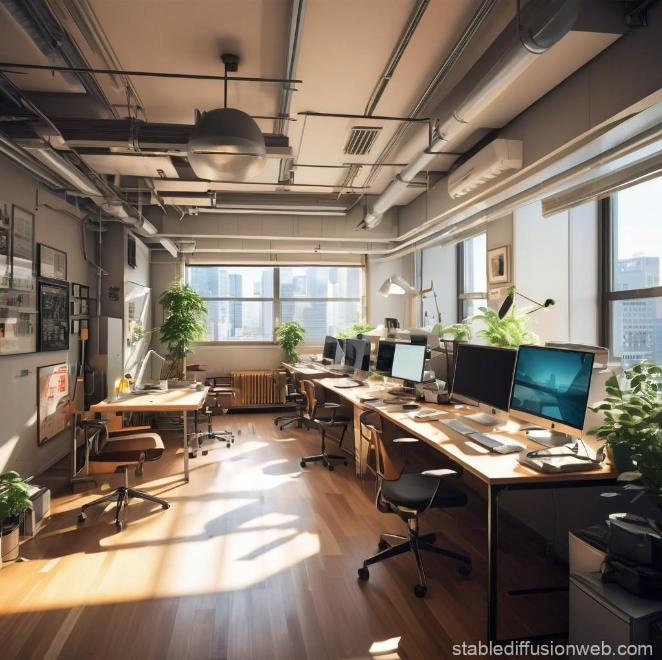
The Rise of Generative AI: History, Technology, and Future
Have you ever wondered how tools like ChatGPT can write essays and how AI can paint new images on demand? That’s generative AI at work. In simple terms, generative AI refers to AI systems (usually deep-learning models) that can create brand-new content rather than just analyze existing data. These models learn patterns from vast datasets ... text, code, images, audio, or video ... and use those learned patterns to generate original outputs that resemble the training data. As most experts put it, “Generative AI describes algorithms (such as ChatGPT) that can be used to create new content, including audio, code, images, text, simulations, and videos” . In short, while traditional AI might tell you what’s in a photo or predict the next word, generative AI can actually compose a new photo or write a sentence from scratch.
Generative AI burst into public view around 2022 when tools like ChatGPT (for text) and DALL·E (for images) captured everyone’s imagination. Today, generative models can turn rough prompts into polished poems, artworks, music tracks, or even software code. These “smart creators” aren’t limited to one data type ... they span a range of media. For instance, OpenAI’s GPT-4 can process and generate language and images, Google’s MusicLM can compose songs from a description, and models like Stable Diffusion can produce photorealistic images from text prompts. In short, generative AI is reshaping content creation across multiple fronts.
Domains of Generative AI
Generative AI is now being used across multiple domains. Experts note that opportunities are unfolding in five key areas: text, images, video, code, and audio/music.
These broadly include:
- Text Generation: AI writers that craft essays, reports, dialogues or translations. For example, models like GPT-4 (the engine behind ChatGPT) can draft articles, answer questions, or converse almost like a human.
Example:

- Image Generation: AI that creates pictures or art. Generators such as DALL·E, Midjourney, and Stable Diffusion can turn text prompts into detailed images or designs.
Example:

AI-generated illustration created using Stable Diffusion from the prompt: ‘A modern co-working
space in Tokyo, late afternoon lighting.’ Demonstrates the capability of Generative AI to produce
realistic visuals for design, architecture, and branding
- Audio/Music Generation: AI that composes sounds or music. Systems like Google’s MusicLM or OpenAI’s Jukebox can compose original songs or soundscapes from simple instructions.
Example:
Generated using Suno with the prompt “Generate a 15-second uplifting instrumental track suitable for a corporate explainer video.”
Click to Listen
Video Creation
AI that produces or transforms video. Emerging models (e.g. OpenAI’s Sora or Runway’s Gen-3) can animate text descriptions or edit video content automatically.
Example:
Generated using Runway with the prompt “Generate a 10-second cinematic video
showing a drone flying over a coastal city at sunrise.”
Code Generation
AI that writes software. Tools like GitHub Copilot (built on OpenAI Codex) can generate code snippets or entire functions given a developer’s prompt.
Example:
Generated using Replit AI with the prompt: “Write a responsive HTML and CSS layout for a login page with two input fields and a submit button.”
What’s clear is that generative AI covers anything from AI chatbots and blog writers to AI artists, musicians, and even programmers. The power of these models across domains was noted by industry analysts: “Generative AI describes algorithms…to create new content including audio, code, images, text, simulations, and videos”.
